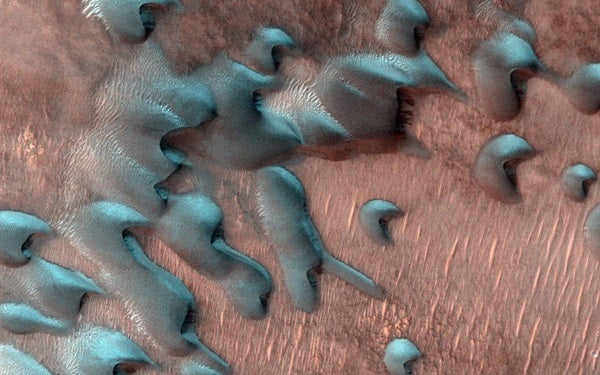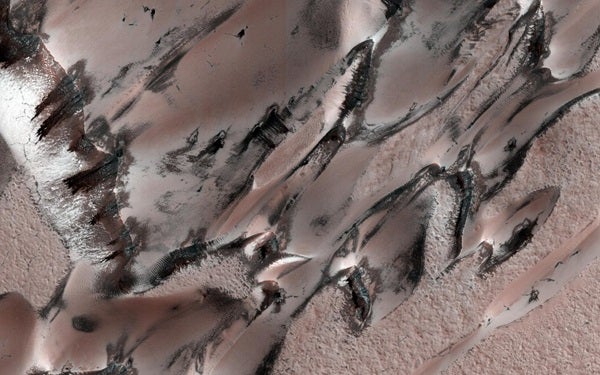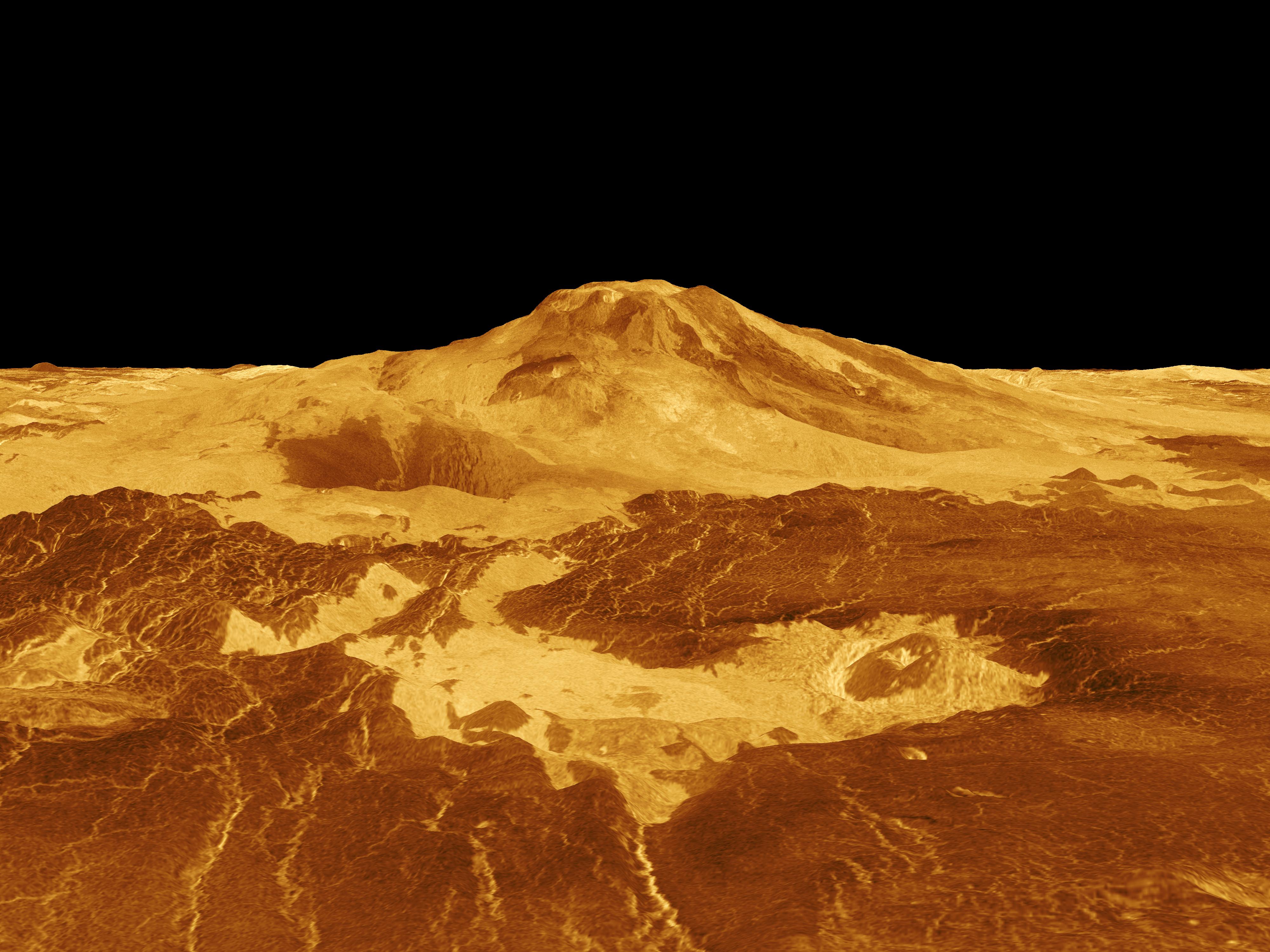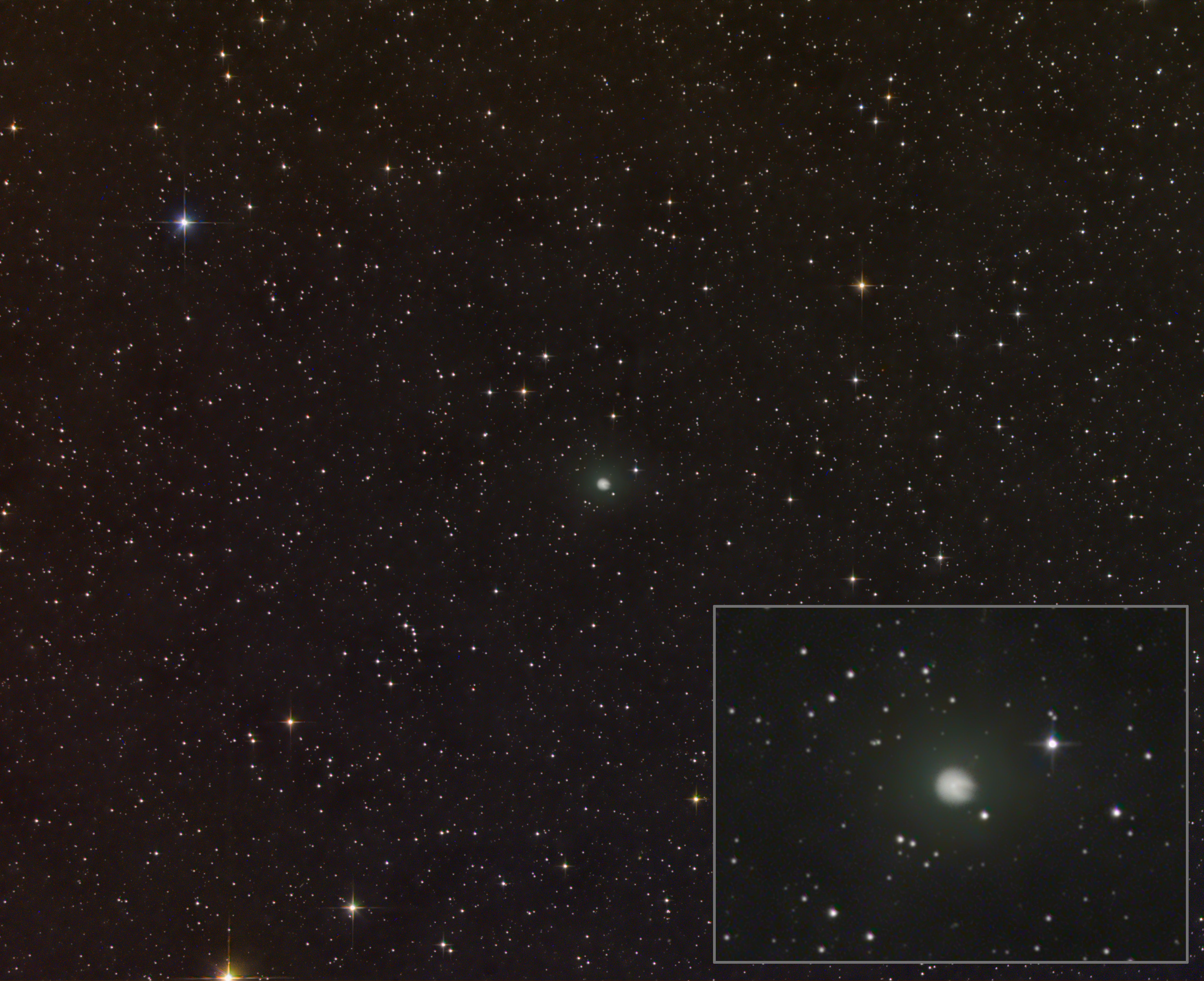When you picture winter on Earth, you probably conjure up images of beautiful snow-covered trees and icicles dangling from houses. But on Mars, winter decorates the martian surface in truly otherworldly ways, as recently documented by NASA’s Mars Reconnaissance Orbiter (MRO).
During winter on Mars, the planet’s poles can experience nighttime temperatures as low as –190 degrees Fahrenheit (–123 degrees Celsius), which creates ideal conditions for both snowfall and the formation of frost. But unlike Earth snow, Mars snow comes in two forms: water ice and frozen carbon dioxide, or dry ice.
Captured by MRO’s HiRISE camera, the image above shows rippling sand dunes coated by a layer of frost made of both water ice and carbon dioxide ice, giving the dunes an alluring blue sheen. MRO captured this shot just two days after winter solstice for Mars’ northern hemisphere, which occurred July 21, 2022.
When spring arrives on Mars, frosted dunes like these thaw out, revealing much darker sand hiding beneath, as seen in the image below.
Because of how thin Mars atmosphere is, water-based snow sublimates — or turns directly from solid to gas — as it falls, preventing it from accumulating on the surface. Dry-ice snow, however, does make it all the way down to the surface.
“Enough [dry ice] falls that you could snowshoe across it,” Sylvain Piqueux, a Mars scientist at NASA’s Jet Propulsion Laboratory, said in a NASA news release. However, no place on Mars experiences more than just a few feet of snow. “If you were looking for skiing,” Piqueux added, “you’d have to go into a crater or cliffside, where snow could build up on a sloped surface.”
The differences between water snow and dry-ice snow don’t end with how much of each reaches the ground, either. When water freezes, the resulting snowflakes all have six sides, due to the way water molecules bond together to form ice. But dry ice molecules always bond together in fours. So, “[b]ecause carbon dioxide ice has a symmetry of four, we know dry-ice snowflakes would be cube-shaped,” Piqueux said.











